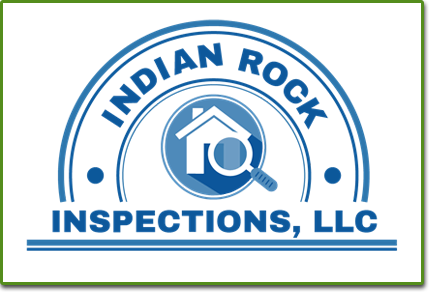With a private well, location is very important not only for rainwater but also because you need to keep it away from all potential sources of contamination. As a minimum, experts have suggested that septic tanks, silos, septic leach fields, and livestock yards should be 50 feet away. When it comes to liquid-tight manure storage, petroleum tanks, and fertilizer storage, this increases to 100 feet. Finally, there should be no manure stacks within 250 feet.
Even after a superb install, many homeowners forget the maintenance stage until the problems really start to escalate. Since this is an expensive way to operate, it is much better to maintain little and often instead. When you carry out checks and have any repairs done, keep a record of this including water and pumping tests. When you keep this record to hand, it will be much easier to spot potential problems. If you are stumped when a problem occurs, call a professional and have them review your records to suggest solutions.
As well as the well itself, you will also need to protect the area surrounding the well. Once in place, you should never keep or dispose chemicals and waste nearby. If possible, you also need to limit the amount of pesticides and fertilizers that you use around the well. Also, keep the well clear from wildlife and livestock waste as well as checking underground storage tanks regularly if they hold diesel, home heating oil, or gasoline.








